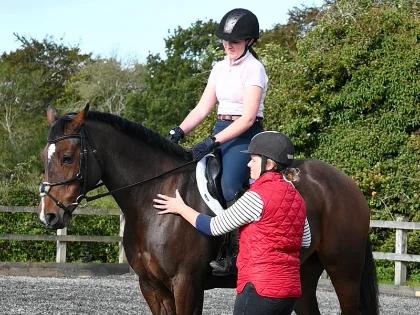Achieving Dressage Mastery: Accuracy and Style in the Ring
A horse's strength, balance, precision, and flexibility are all improved by dressage training. Additionally, it fosters the growth of focus, obedience, and rider coordination. A bell, whistle, or automobile horn (depending on the situation) will ring before the start of your test. After entering the arena, you salute the judge and go around the arena perimeter in the order shown by your numbered test.
1. Focus
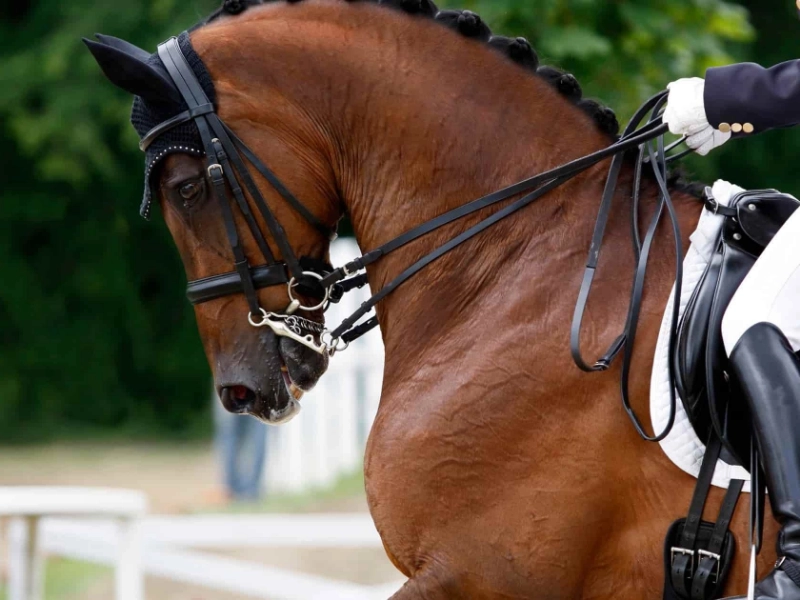
2. Adaptability
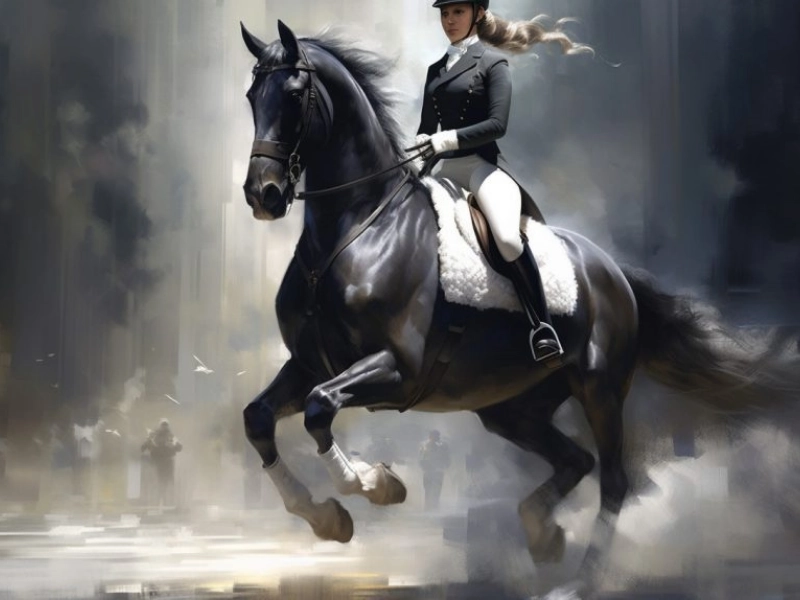 High levels of athleticism and effective horse-rider communication are necessary for dressage. Furthermore, both must fulfil the discipline's extremely particular standards.
For instance, the FEI establishes regulations to safeguard the welfare of the horse, and infractions are severely penalised during competitions. This implies that riders cannot engage in prohibited practices like hyper-flexing, which forces the neck to bend downward when it should naturally do so over time with appropriate training.
Keep in mind the descriptions of each movement in the official test book while you practice dressage. This will help you maximise marks and understand the exam’s requirements. You can then practice an exam that is more thorough and accurate.
High levels of athleticism and effective horse-rider communication are necessary for dressage. Furthermore, both must fulfil the discipline's extremely particular standards.
For instance, the FEI establishes regulations to safeguard the welfare of the horse, and infractions are severely penalised during competitions. This implies that riders cannot engage in prohibited practices like hyper-flexing, which forces the neck to bend downward when it should naturally do so over time with appropriate training.
Keep in mind the descriptions of each movement in the official test book while you practice dressage. This will help you maximise marks and understand the exam’s requirements. You can then practice an exam that is more thorough and accurate.
3. Equilibrium
 Dressage is similar to ballet performed on a horse. The moves flow smoothly from one to the next and call for a high degree of agility as well as excellent horse-rider communication.
Maintaining composure under duress is essential for every dressage competitor. For this, a stable seat that encourages harmony and balance between the rider and the horse is necessary. You should align your hip, shoulder, and ear vertically to increase strength and stability.
When preparing for dressage tests, it's also critical to understand the arena's layout and arena letters. This helps you avoid errors that could result in a lower score. Having a dressage instructor who can offer advice and criticism is also beneficial.
Dressage is similar to ballet performed on a horse. The moves flow smoothly from one to the next and call for a high degree of agility as well as excellent horse-rider communication.
Maintaining composure under duress is essential for every dressage competitor. For this, a stable seat that encourages harmony and balance between the rider and the horse is necessary. You should align your hip, shoulder, and ear vertically to increase strength and stability.
When preparing for dressage tests, it's also critical to understand the arena's layout and arena letters. This helps you avoid errors that could result in a lower score. Having a dressage instructor who can offer advice and criticism is also beneficial.
4. Harmony
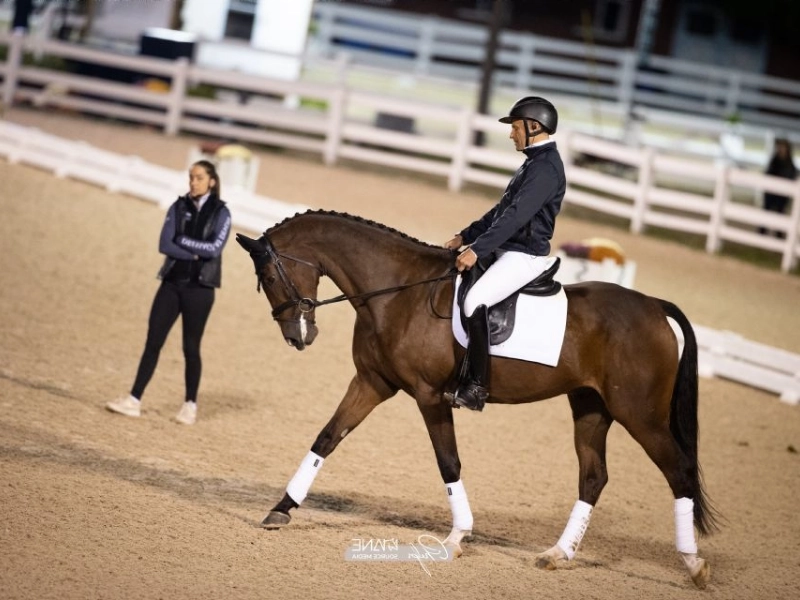 Dressage demands exact geometry, balanced movement, and a strong bond between the rider and the horse. Coordination is essential to achieving this.
During a dressage competition, you will execute a series of movements in front of an FEI judge, who will assess your performance and issue a mark. You should follow particular procedures prior to, during, and following your presentation.
Make sure to enter the arena within the designated time during your presentation, salute the judges from marker C, and then stop to give them one last salute. After that, you ought to leave the stadium. By doing so, you demonstrate your adherence to the FEI regulations that protect your equine's welfare. This demonstrates your ability to control your horse and your superb coordination.
Dressage demands exact geometry, balanced movement, and a strong bond between the rider and the horse. Coordination is essential to achieving this.
During a dressage competition, you will execute a series of movements in front of an FEI judge, who will assess your performance and issue a mark. You should follow particular procedures prior to, during, and following your presentation.
Make sure to enter the arena within the designated time during your presentation, salute the judges from marker C, and then stop to give them one last salute. After that, you ought to leave the stadium. By doing so, you demonstrate your adherence to the FEI regulations that protect your equine's welfare. This demonstrates your ability to control your horse and your superb coordination.
5. Adaptability
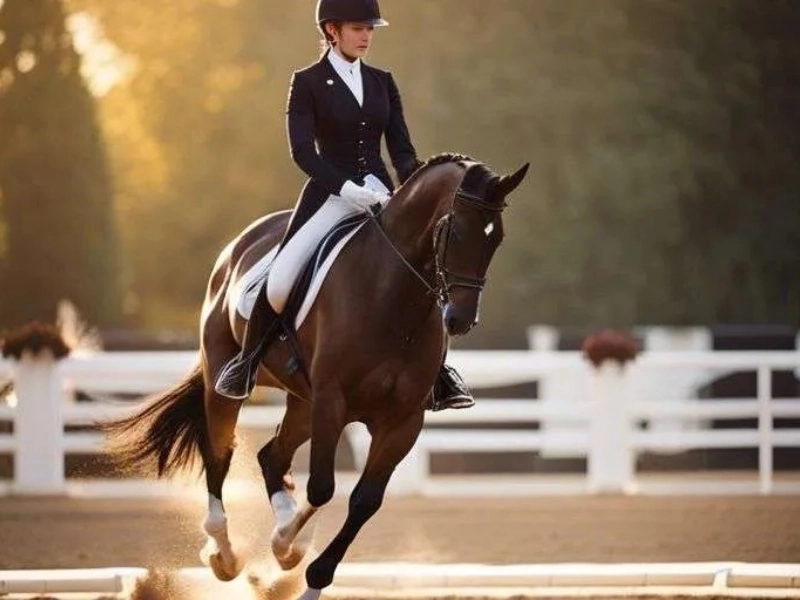 High levels of athleticism and effective horse-rider communication are necessary for dressage. However, perfecting the movement and achieving the right position also requires a considerable deal of time and effort.
This book dispels some prevalent misconceptions about dressage and assists readers in avoiding common rider pitfalls. It shows how to maximise every arena session and what the judges are looking for in each test manoeuvre.
It's critical to comprehend the objectives of each dressage test. Furthermore, general traits such as gaits, submission, and impulsion, as well as the rider's seat and aids, serve as additional scoring criteria. These are known as coefficients, and their weight in the final score is enhanced.
High levels of athleticism and effective horse-rider communication are necessary for dressage. However, perfecting the movement and achieving the right position also requires a considerable deal of time and effort.
This book dispels some prevalent misconceptions about dressage and assists readers in avoiding common rider pitfalls. It shows how to maximise every arena session and what the judges are looking for in each test manoeuvre.
It's critical to comprehend the objectives of each dressage test. Furthermore, general traits such as gaits, submission, and impulsion, as well as the rider's seat and aids, serve as additional scoring criteria. These are known as coefficients, and their weight in the final score is enhanced.




